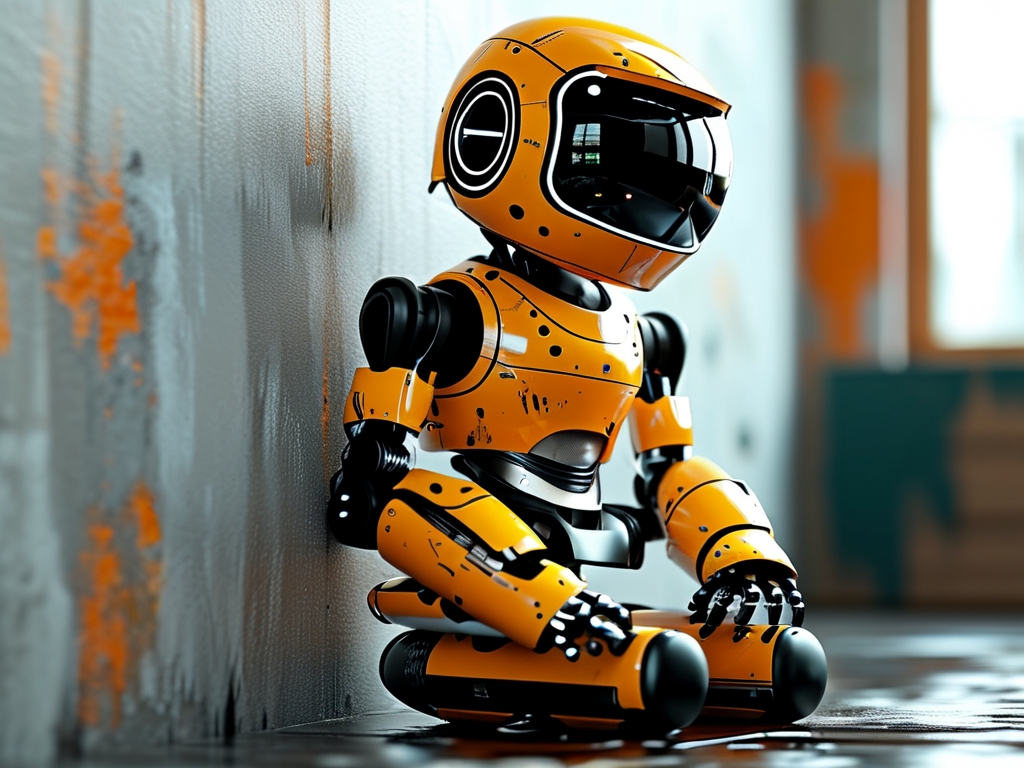The construction industry has long been associated with labor-intensive processes, but the advent of robotic wall plastering technology is reshaping this narrative. By integrating automation, artificial intelligence, and advanced material science, robotic systems are now capable of performing plastering tasks with unprecedented precision, speed, and consistency. This innovation not only addresses labor shortages but also elevates quality standards while reducing costs.

The Evolution of Wall Plastering
Traditional wall plastering relies heavily on skilled human labor, a method plagued by inconsistencies, physical strain, and time constraints. Workers must manually mix materials, apply layers evenly, and ensure smooth finishes—a process that demands both expertise and endurance. However, workforce shortages, rising labor costs, and the demand for faster project timelines have exposed the limitations of this approach.
Enter robotic wall plastering systems. These machines combine articulated robotic arms, high-precision sensors, and AI-driven software to automate the entire plastering workflow. Equipped with 3D mapping capabilities, they scan surfaces to detect imperfections, calculate material requirements, and execute plaster application with millimeter-level accuracy.
How Robotic Plastering Works
-
Surface Scanning and Preparation:
Using LiDAR or structured-light sensors, the robot creates a detailed 3D map of the wall. This step identifies cracks, uneven areas, or obstructions, allowing the system to adjust its application strategy. -
Material Mixing and Delivery:
Integrated pumps and mixing chambers prepare plaster compounds (e.g., gypsum or cement-based mixes) in precise ratios. The material is fed through hoses to the robotic arm’s applicator nozzle. -
Automated Application:
The robotic arm follows a pre-programmed path, applying plaster in controlled, even layers. Pressure sensors ensure consistent thickness, while real-time feedback loops correct deviations. -
Finishing and Quality Control:
Post-application, the robot may use rotating trowels or ultrasonic smoothing tools to refine the surface. Cameras and sensors conduct final inspections, flagging areas requiring touch-ups.
Advantages Over Traditional Methods
- Speed: Robotic systems can plaster up to 10 times faster than human workers, completing large-scale projects in days rather than weeks.
- Precision: Eliminating human error, robots achieve flawless flatness (≤1 mm variance per 3 meters), critical for high-end residential or commercial projects.
- Cost Efficiency: Reduced labor expenses and material waste (optimized usage cuts waste by 15–20%) lower overall project costs.
- Safety: Minimizes workers’ exposure to hazardous dust, repetitive strain injuries, and fall risks.
Case Studies and Industry Adoption
In Germany, a construction firm deployed robotic plasterers to renovate a 50,000-square-meter office complex. The robots completed the task in 12 days—a 70% time reduction compared to manual labor—while achieving a 99.8% defect-free surface. Similarly, Japanese developers have adopted this technology to address aging workforce challenges, reporting a 40% reduction in project delays.
Major players like ABB Robotics and China’s Beijing Borui Intelligent Technology have introduced modular systems compatible with various plaster types and wall geometries. Startups are also innovating; for instance, Swiss-based Fixposition offers AI-powered robots that learn from each project, improving efficiency over time.
Challenges and Limitations
Despite its promise, robotic plastering faces hurdles. High upfront costs (€50,000–€200,000 per unit) deter small contractors. Complex architectural features—curved walls, decorative moldings—still require human intervention. Additionally, adapting to diverse regional materials (e.g., clay-based plasters in rural areas) remains a technical challenge.
The Future of Robotic Plastering
Advancements in machine learning and collaborative robotics (cobots) will likely overcome current limitations. Future systems may feature:
- Swarm Robotics: Multiple robots working in tandem on large surfaces.
- Self-Healing Materials: Integration with smart plasters that repair micro-cracks autonomously.
- Green Technology: Use of eco-friendly materials like carbon-negative hemp plaster, applied with zero-waste precision.
Industry analysts predict a 22% annual growth rate for construction robotics through 2030, with plastering robots capturing a $4.3 billion market share. As regulatory bodies update building codes to favor automation-compatible standards, adoption will accelerate globally.
Robotic wall plastering technology represents a paradigm shift in construction, merging engineering ingenuity with practical scalability. While not a full replacement for human craftsmanship, it complements skilled labor by handling repetitive, large-scale tasks. For developers, contractors, and architects, embracing this technology is no longer optional—it’s a strategic imperative to stay competitive in an era of rapid urbanization and sustainability demands. As algorithms grow smarter and hardware more affordable, the sight of robots seamlessly gliding across construction sites will soon become the norm, not the exception.









